Archives
- 2018-07
- 2018-10
- 2018-11
- 2019-04
- 2019-05
- 2019-06
- 2019-07
- 2019-08
- 2019-09
- 2019-10
- 2019-11
- 2019-12
- 2020-01
- 2020-02
- 2020-03
- 2020-04
- 2020-05
- 2020-06
- 2020-07
- 2020-08
- 2020-09
- 2020-10
- 2020-11
- 2020-12
- 2021-01
- 2021-02
- 2021-03
- 2021-04
- 2021-05
- 2021-06
- 2021-07
- 2021-08
- 2021-09
- 2021-10
- 2021-11
- 2021-12
- 2022-01
- 2022-02
- 2022-03
- 2022-04
- 2022-05
- 2022-06
- 2022-07
- 2022-08
- 2022-09
- 2022-10
- 2022-11
- 2022-12
- 2023-01
- 2023-02
- 2023-03
- 2023-04
- 2023-05
- 2023-06
- 2023-07
- 2023-08
- 2023-09
- 2023-10
- 2023-11
- 2023-12
- 2024-01
- 2024-02
- 2024-03
- 2024-04
- 2024-05
- 2024-06
- 2024-07
- 2024-08
- 2024-09
- 2024-10
- 2024-11
- 2024-12
- 2025-01
- 2025-02
- 2025-03
- 2025-04
- 2025-09
- 2025-10
-
Mitochondrial dysfunction resulting from mtDNA abnormalities
2024-02-29
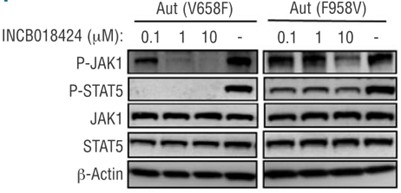
Mitochondrial dysfunction resulting from mtDNA abnormalities may trigger retrograde signaling pathways from the mitochondrion to the nucleus, which regulate the expression of genes involved in diverse cellular processes, including metabolism, stress responses, tumor progression, nutrient sensing, li
-
Recently the FDA approved the first blood based
2024-02-29
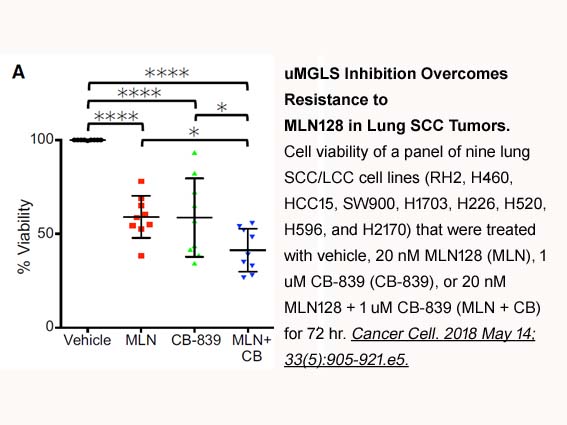
Recently, the FDA approved the first blood-based test for the detection of EGFR mutations in non-small cell lung cancer patients (http://www.fda.gov) (Voelker, 2016). This allows detection of specific, recurrent mutations, which can help the selection of the patients that could benefit from Erlotini
-
KN-92 mg AMP activated protein kinase AMPK is a
2024-02-29
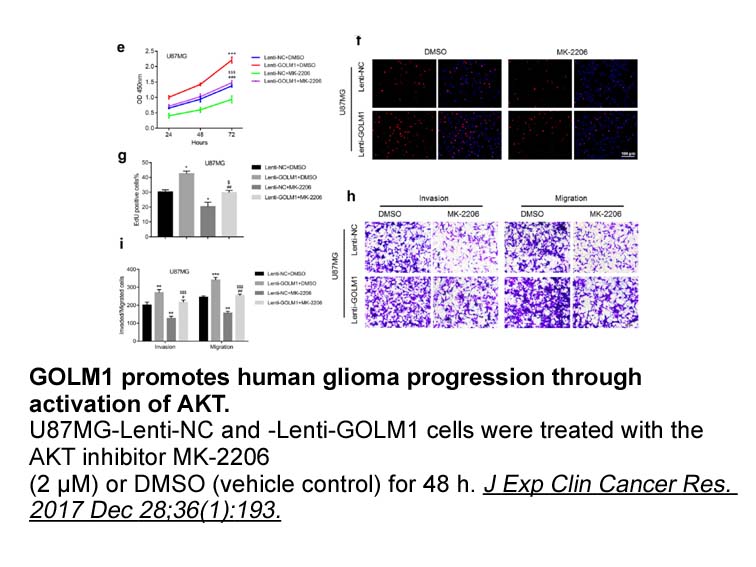
AMP-activated protein kinase (AMPK) is a key cellular energy sensor that maintains energy homeostasis at the cellular and whole-organism level (Hardie et al., 2012). Functionally, the AMPK pathway sustains adenosine triphosphate (ATP) production through activation of fatty KN-92 mg oxidation and aut
-
br Functional repercussions of each trimming pathway
2024-02-29
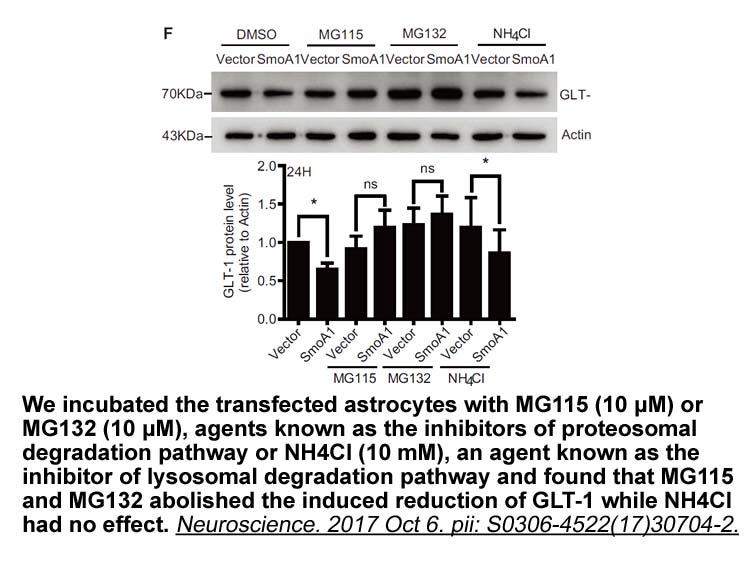
Functional repercussions of each trimming pathway A main difference between the two pathways presented in Fig. 1 lies in enzyme kinetics and selectivity. In pathway #1, the substrate for ERAP1 is free peptide, and so both kinetics and selectivity are determined by interactions between the peptide
-
br Current therapies for metabolic diseases Inborn errors of
2024-02-29
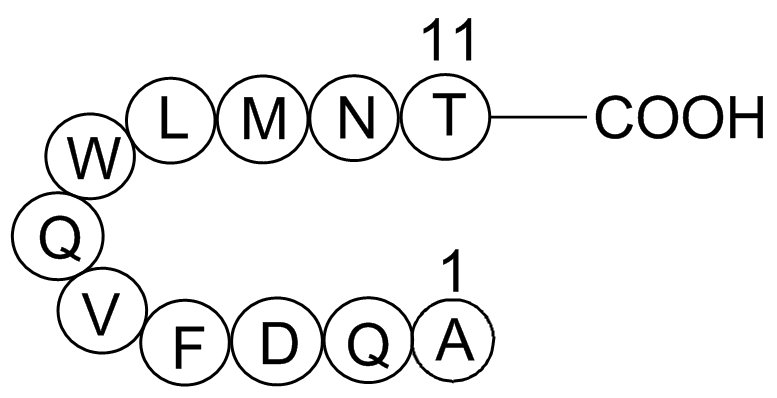
Current therapies for metabolic diseases Inborn errors of metabolism caused by deficiency of particular enzymes due to loss of function mutations or deletions have been treated by decreasing the intake of the enzymatic substrate, supplementation with an essential cofactor or vitamin, increasing m
-
The mechanisms that control Ahr
2024-02-29
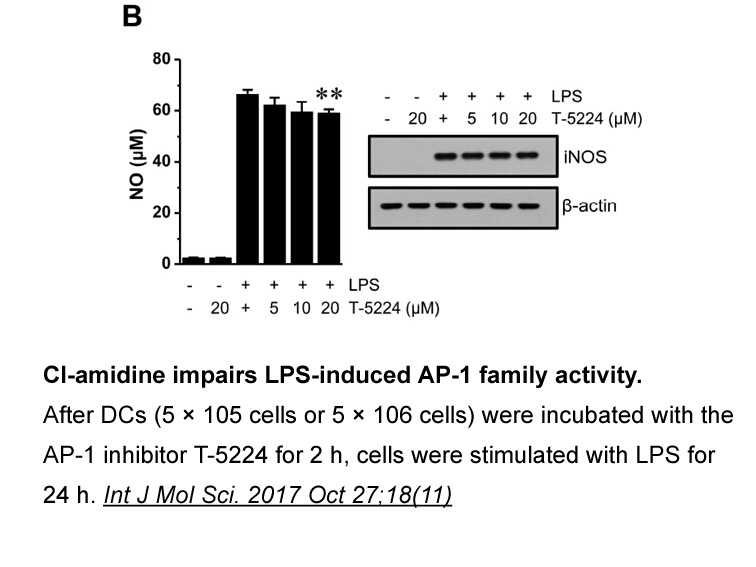
The mechanisms that control Ahr transcription are poorly understood, especially when considering cell type-specific regulation. A recent report suggested that the Ahr transcription might be directly promoted by RORγt [retinoic GS-9973 receptor (RAR)-related orphan receptor γt] based on ChIP-Seq anal
-
Activation of AhR is also known to upregulate the expression
2024-02-29
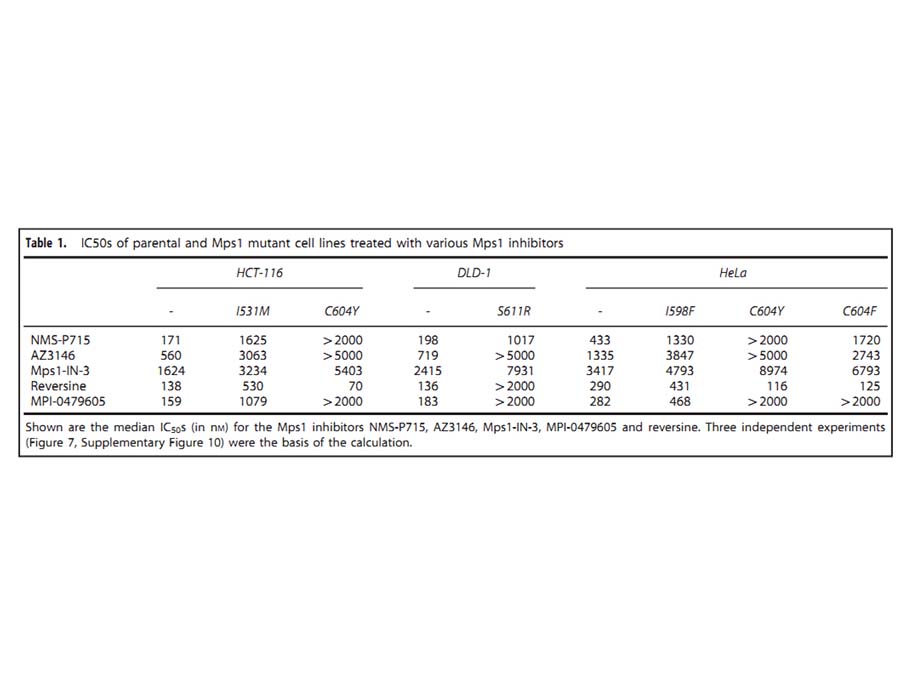
Activation of AhR is also known to upregulate the expression of AhRR (AhR repressor), an inhibitor protein of AhR [29]. However, the exact mechanism by which AhRR represses AhR signaling is not well understood. The initial study by Mimura and colleagues suggested that AhRR is capable of directly com
-
br Acknowledgments br Introduction Within the classical secr
2024-02-29

Acknowledgments Introduction Within the classical secretory pathway, transmembrane and soluble cargos travel via the endoplasmic reticulum (ER) and Golgi apparatus en route to their final destinations [1]. However, at a post-Golgi level, trafficking routes can diverge. In this context, the tra
-
br AMPK structure and mechanism of
2024-02-28
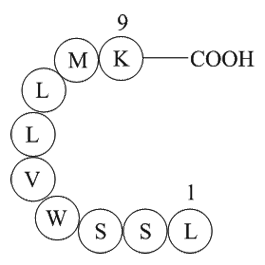
AMPK: structure and mechanism of action AMPK is a metabolic master switch that regulates downstream signals based on shifts in the surrounding energy reservoir [6]. It is expressed in a number of tissues, including the kidney, the liver, the skeletal muscle, the adipose tissue, and the hypothalam
-
br Introduction Cell motility is fundamentally important in
2024-02-28
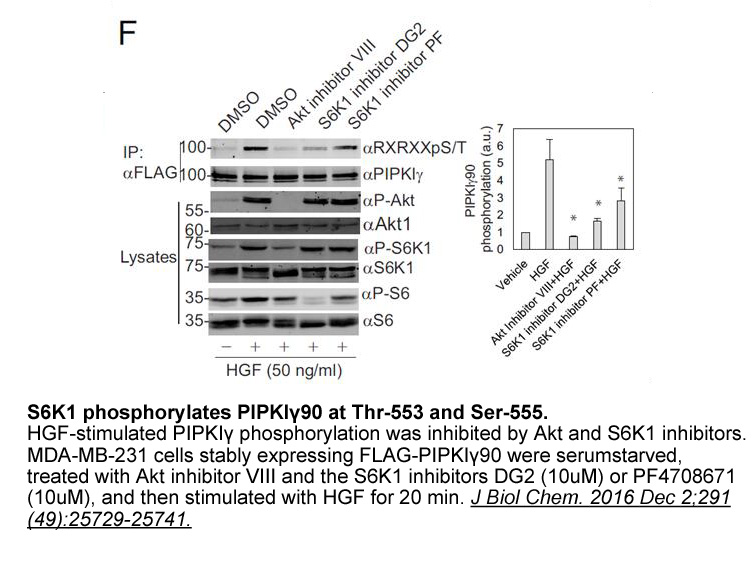
Introduction Cell motility is fundamentally important in morphogenesis, wound healing, and the immune response. One of the best-studied basic types of cell movement is lamellipodial motility [1, 2], characterized by a thin (∼0.1–0.2 μm), broad (∼10–40 μm) motile appendage containing a dynamic PF-
-
Marimastat br Acknowledgement br Introduction There has been
2024-02-28
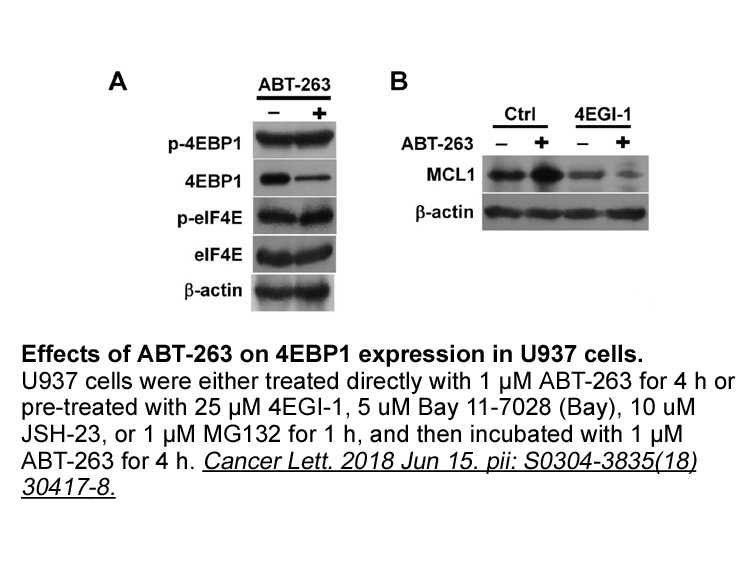
Acknowledgement Introduction There has been great progress in the treatment of autoimmune disease during the past several decades. However, the majority of autoimmune diseases have no known cure. B lymphocytes and autoantibodies play important roles in many autoimmune diseases, including rheum
-
Anti LT therapy by LO inhibition has
2024-02-28
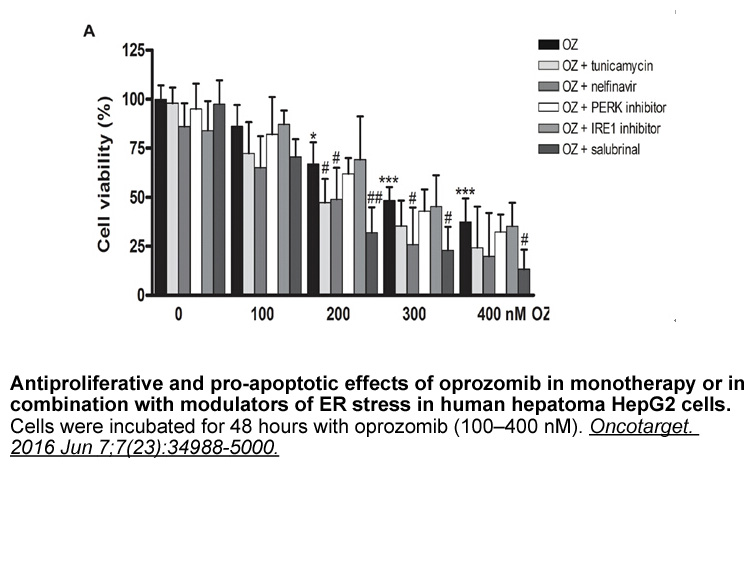
Anti-LT therapy by 5-LO inhibition has been hampered by occurring liver toxicities by Zileuton or the clinical phase II compound Atreleuton [36], [37] However both compounds possess a thiophene as well as an N-hydroxyurea moiety. These features could be linked with reactive thiophene intermediates [
-
In fact serotonin is a
2024-02-28
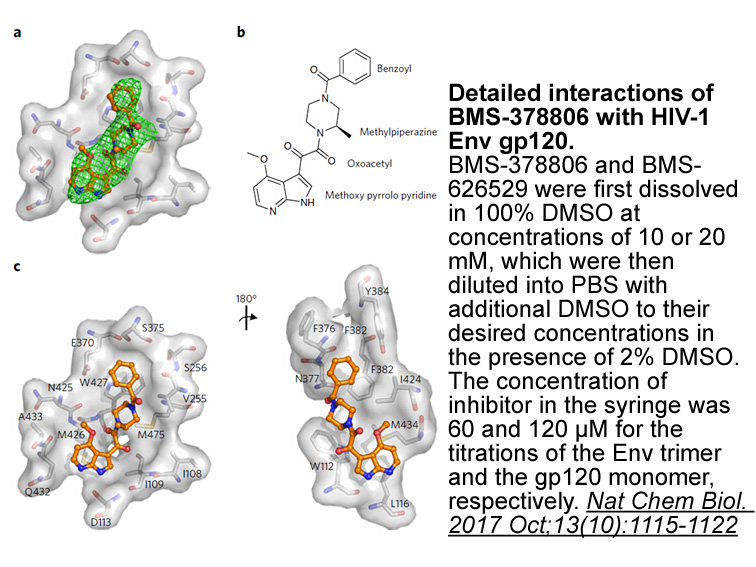
In fact, serotonin is a major modulator of dopaminergic (DA) neuronal activity through the 5-HT2C receptor. Studies have shown that the selective 5-HT2C receptor agonist Ro60-0175 blocks the burst-firing of mesolimbic DA neurons, which project from the ventral tegmental area (VTA) to the nucleus acc
-
UM171 As in humans and other mammalians
2024-02-28
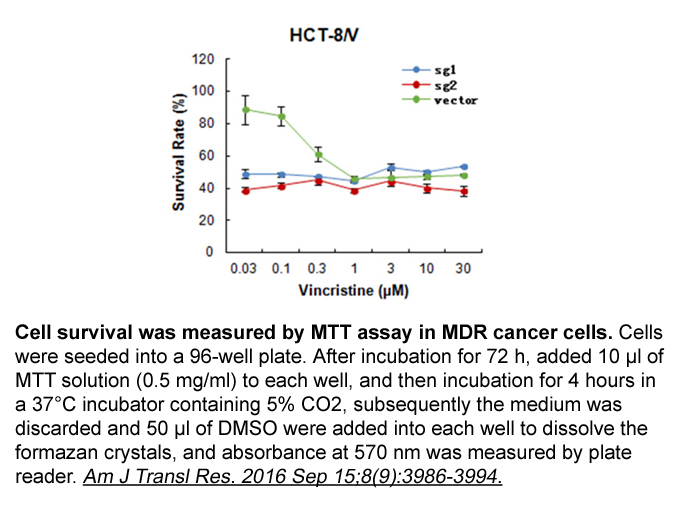
As in humans and other mammalians spontaneous activity of sinoatrial pacemaker UM171 in in the zebrafish heart crucially depends on proper HCN4 channel activity (If) and spontaneous diastolic depolarization [15,81]. Whether Na+/K+-ATPase currents regulate next to phase of myocardial repolarization
-
Tarafenacin br Extracellular domain architecture The extrace
2024-02-28
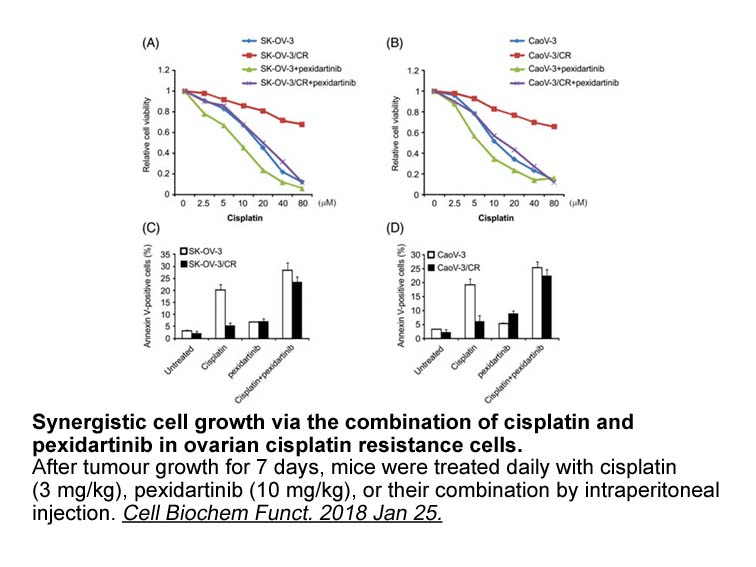
Extracellular domain architecture The extracellular region of GABAB receptor exists in a heterodimeric configuration regardless of interactions within the rest of the protein (Geng et al., 2012, Liu et al., 2004, Nomura et al., 2008). The extracellular domains of the GABAB1 and GABAB2 subunits ar
16344 records 195/1090 page Previous Next First page 上5页 191192193194195 下5页 Last page